
Modeling software is constantly evolving. By using more professional tools, these programs can fully simulate a project before starting. In fact, learning architectural software has become a basic matter for architects .
Due to technological progress, social changes and the changing needs of society, architectural modeling software comes to the market in a newer form every day and with more innovative tools. Also, paying attention to sustainability, energy efficiency, flexibility and interaction with the natural environment will also cause many changes in the future .
In the future, architectural modeling in more advanced forms using AI , spatial data analysis , virtual reality (VR) simulations And… it will be done. These developments will have a great impact on design decisions and how to implement architectural projects .
Table of Contents
- What is the future of architectural modeling software?
- Building management systems in future architecture modeling
- New standards for learning architectural software ( 3D modeling)
- Interactive space and connection of objects to the Internet in modern modeling
- Vertical Design in the future
- Conclusion
What is the future of architectural modeling software?
Architectural modeling in the future by integrating new technologies and changes in the needs and attitudes towards architecture will elevate the experience of design and communication to a new level .
in the future Architectural modeling software Due to technological advancements and expansion The world of virtual reality (VR) will make interesting changes !

- Augmented reality and hybrid modeling
VR architectural software may combine two spaces, augmented reality (AR) and virtual reality (VR) . Also, add facilities such as interacting with real environments to virtual experiences. These developments allow architects to experience their designs in real environments and make better decisions based on real conditions .
- More interaction with virtual space
By learning intelligent architecture software, it is expected that the interaction between users and virtual environments will be developed in more advanced and extensive ways. Using motion sensors and adding them in the augmented reality space can elevate these interactions to a new level .
- Artificial intelligence systems and data analysis
As expected, architectural modeling software experts may use artificial intelligence systems to analyze spatial data and performance of their designs. This feature will help architects to correct potentials and problems in designs .
- Large-scale simulations
As the technological capabilities are increasing, it is possible for VR architectural modeling to address large-scale simulations and allow the observation of the impact of design at different scales (from buildings to cities) .
- Simultaneous and multi-point communication
VR architecture modeling software can deal with simultaneous and multi-point interactions between architects, employers and other related people and help better communication and faster cooperation between these people .

Building management systems in future architectural modeling
New news indicates that soon the communication and interaction between the network of sensors and building management systems (BIM) as well as the stages of architectural modeling will undergo fundamental and interesting changes. Due to the advancement of technology, the connection of the network of sensors with management systems will become more dynamic and accurate. Data collected by sensors can be used as basic inputs in architectural modeling. These data allow architects to design with more accuracy and efficiency .
Building management systems also use artificial intelligence and data analytics to help improve energy efficiency, control various building components, and optimize resources. This information, under careful and intelligent analysis, helps to improve the performance of the building and the better experience of the users .
Smart and interactive buildings will also be able to respond to the needs of residents and the surrounding environment by combining sensor data and management systems. These interactions can lead to creating a unique and improved experience in buildings .
Beyond these capabilities, the use of these data and information in future architectural modeling will help to improve the stability of buildings and reduce energy consumption. In this way, architectural modeling will play a key role in improving the performance, quality of life and intelligent management of building resources due to the interaction with the network of sensors and management systems .
To learn more about BIM, the article 7 important points about BIM in architecture, a look at the importance of BIM read the
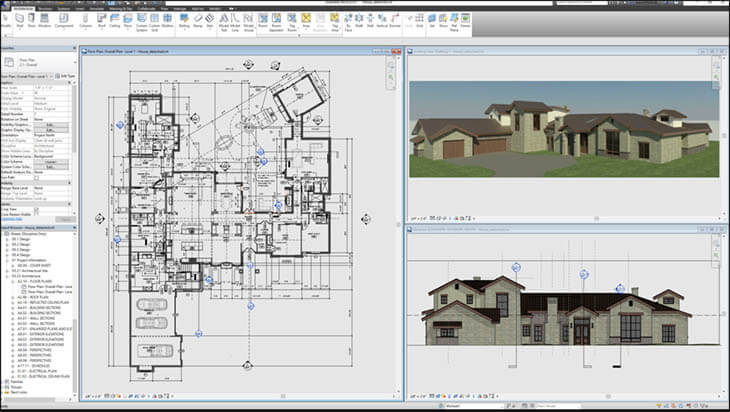
New standards for learning architectural software ( 3D modeling)
In the world of architectural modeling, standards always serve as a guide for designers and architects in creating efficient designs and models adapted to the technologies and needs of society. New standards in architectural modeling are often created in order to adapt to technological developments and new industrial developments. These standards promote design skills and principles in a way that architectural modeling is compatible with modern technologies and facilitate the communication between components in an architectural project .
Examples of new standards include BIM (building information modeling), the use of virtual reality technologies, the use of the Internet of Things ( IoT ) , and the use of augmented reality technologies. These standards help to create architectural models with high accuracy, flexible and in accordance with the needs of different projects and ultimately help to improve the quality of design, execution and management of buildings .
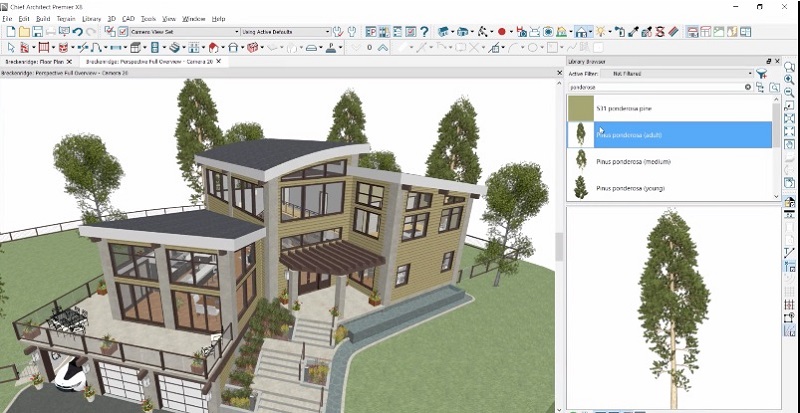
Interactive space and connection of objects to the Internet in modern modeling
When the space and elements designed by architects are connected to the Internet and the virtual world, a great transformation will be created in the way people relate to architecture. In fact, from then on, a more accurate, smarter and deeper connection between architecture, man and the environment is provided .
Interactive spaces, when equipped with touch screens and augmented reality technologies, allow people to have a dynamic and active relationship with architecture and the environment. People doing architectural modeling work can use interaction data as important inputs to improve their design and decision making .
On the other hand, connecting various objects to the Internet allows us to collect data from sensors, control equipment and energy efficiency. Internet of Things data can help managers and architects quickly diagnose problems and provide appropriate solutions. The combination of interactive spaces and Internet of things with architectural modeling helps to make buildings smarter. These interactions will improve the user experience, better resource management, reduce energy consumption and create spaces with multiple uses .
More articles : Intelligent Building Management System (IBMS) and how is it different from BMS ?
Vertical Design in the future
Vertical design will become an innovative and attractive approach in the future of architectural modeling. With the advancement of technology and the change of society’s needs, the concept of vertical design, meaning the design of high-rise buildings, has undergone changes. will be corrected In fact, high-rise buildings are considered as a multipurpose space. For example, in each of its floors, various sections such as residential, office, commercial and recreational sections will be designed. These designs not only optimize the space, but also help to balance land use and create attractive urban spaces .
In addition, smart equipment and communication technologies in the vertical design speed up the transfer between floors. According to the geographical location and environmental conditions, architectural designs can use renewable energy and create buildings with the least negative impact on the environment .
More articles : Principles and rules of bedroom and bathroom design (0 to 100)
Conclusion
Learning architecture software can be a smart move and ensure that you don’t get stuck in the path of progress and development in architecture. Of course, these tools are supposed to change faster in the future. However, you have to learn to work with them. The developments that happen every day in the field of machine learning, internet of things and other technologies will have significant effects on the future designs of architects. Architecture modeling in the future will reach a point where it may be very difficult and even impossible to distinguish between the conscious image and the rendering of a modeler .
Although many believe that in the future artificial intelligence will occupy the position of architects and modelers, but in reality it will not be so. Designers and architects can be more powerful in the war between artificial intelligence and humans by learning the right architectural software and constantly updating their knowledge. Also, despite the capabilities of artificial intelligence, nothing will replace human creativity and problem-solving skills for years .
On the way forward, what will help you is to know about the developments and also to learn more about the implementation, technical and learning parts of the appropriate architectural software .


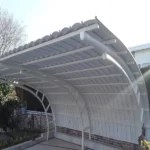






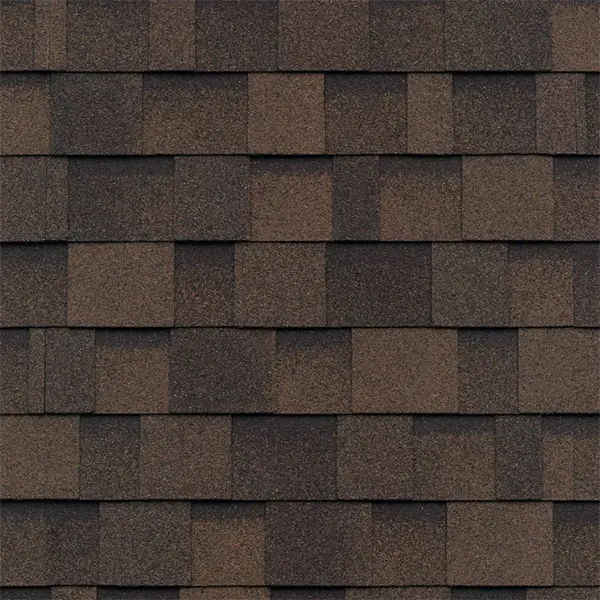




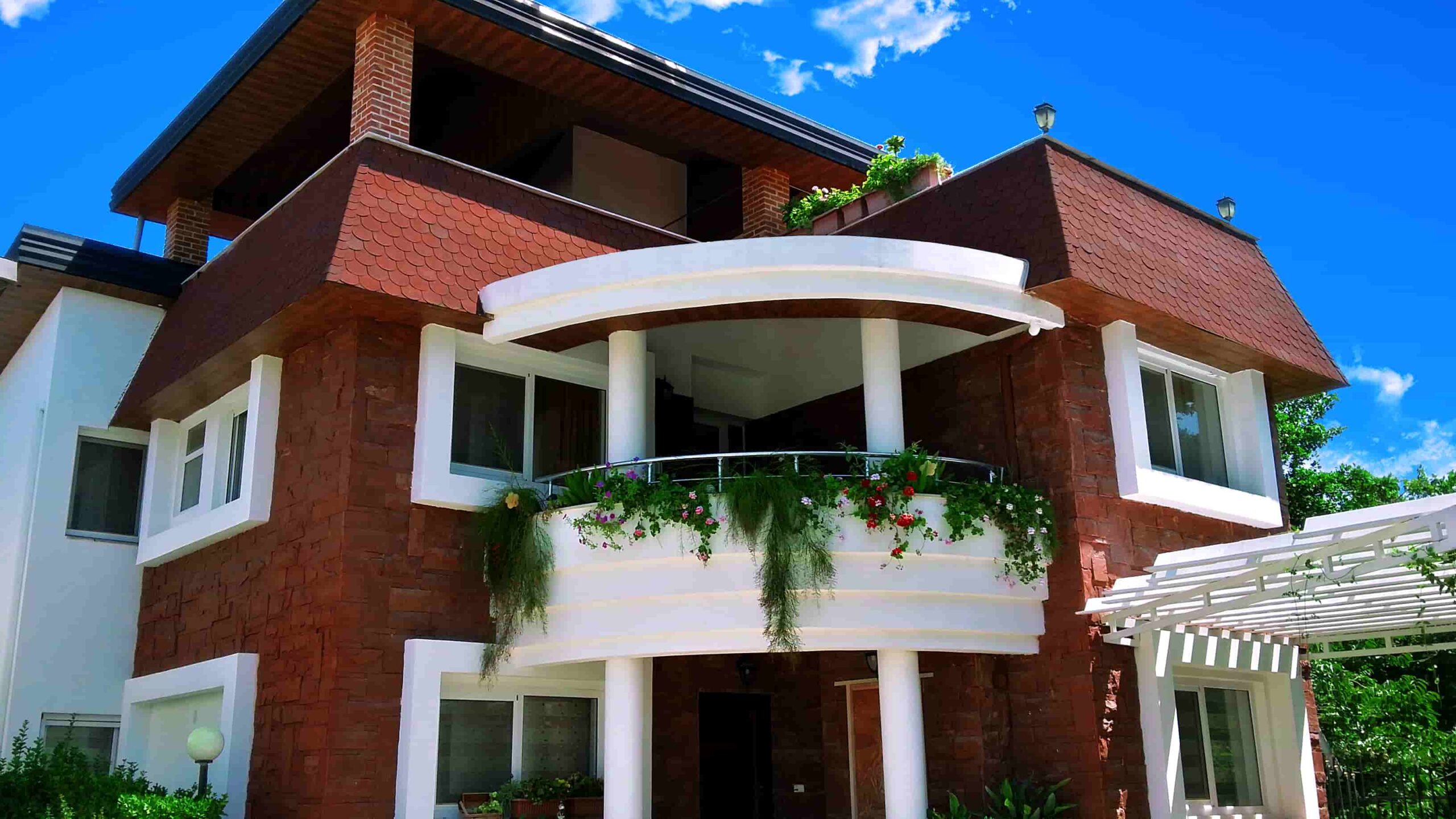
No comment